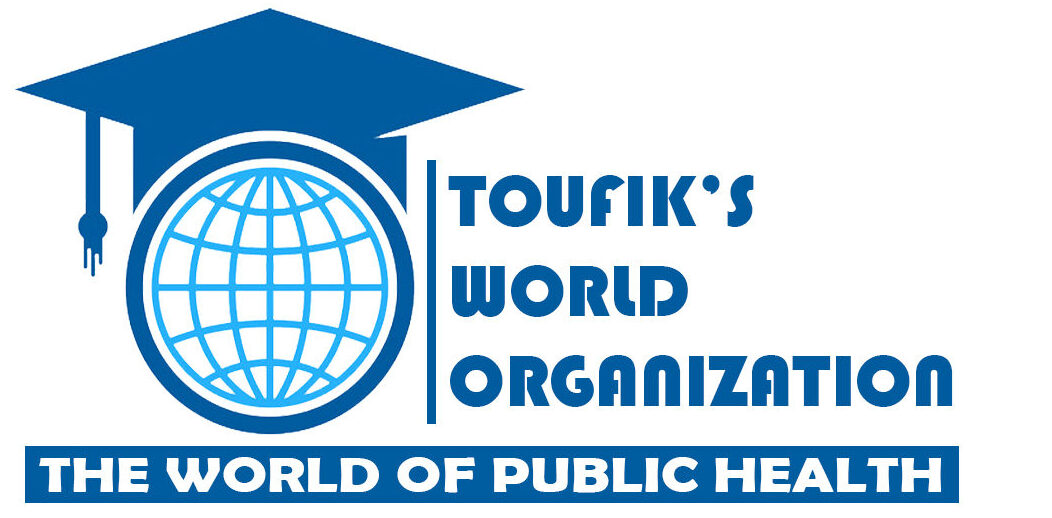This article was written for Toufik’s Guide Magazine by Shankhaneel Ghosh and Neil Garg. Statements or opinions expressed in this content strictly reflect the views of the authors and not that of Magazine’s.
Xylazine, a veterinary tranquilizer, is not approved for human use in the United States but has become increasingly prevalent as an additive in the street opioid supply [1,2]. Illicit drug traffickers use Xylazine as an adulterant due to its low cost yet strong psychoactive effects [3]. Xylazine has been reported to have similar effects as opioids with an added component of a longer-lasting symptom profile than fentanyl alone. This allows Illicit drug traffickers to reduce the amount of fentanyl or heroin used in a mixture, thereby increasing profits, and attracting customers seeking a sustained high. In the event of a suspected xylazine overdose, experts recommend administering naloxone. However, it is important to note that xylazine is not an opioid and therefore does not respond to opioid reversal agents like naloxone. This makes naloxone potentially less effective in fully reversing an overdose if the illicit opioid product contains xylazine [2]. This alarming trend has been associated with rising overdose deaths, with xylazine present in the United States at 1.8% of overdose deaths in 2019 [4,5]. This manuscript aims to highlight the growing public health crisis associated with xylazine-contaminated illicit drugs in the United States marketplace.
The use of Xylazine as an illicit additive in street opioids has been well-established in Puerto Rico since the early 2000s. Recently, an alarming increase in overdose cases involving this dangerous drug cocktail has been reported across several US states [6]. According to a recent study, the proportion of overdose deaths involving xylazine versus cases involving solely heroin and fentanyl rose from less than 2% between 2010-2015 to 31% in 2019 [2]. This insidious rise in mortality highlights the concerning trend of Xylazine’s increasing prevalence in the national illicit drug market. However, the true extent of Xylazine’s impact on overdose deaths in the U.S. is likely underreported due to the lack of consistent testing protocols for Xylazine in postmortem toxicology and the absence of its inclusion in the Centers for Disease Control and Prevention’s (CDC) national statistics on fatal overdoses [6]. This is compounded by varying testing procedures within and between states, further complicating accurate documentation of xylazine-related fatalities. Therefore, the current accepted estimates of xylazine-positive overdose deaths may only be a fraction of the actual mortality numbers, emphasizing the urgent need for better surveillance and monitoring strategies.
Xylazine acts as a central nervous system depressant causing respiratory depression, decreased heart rate, and hypotension in its victims [2]. When used as an adulterant in opioids such as fentanyl or heroin, it may potentiate sedation and respiratory depression, increasing the risk of fatal overdose. Commonly reported adverse effects of Xylazine include dry mouth, hypertension, tachycardia, hypotension, bradycardia, respiratory depression, and dysrhythmia [3]. Prolonged use of Xylazine through injection has been linked to necrotic skin ulcerations, distinct from similarly presenting soft-tissue infections, such as cellulitis, which is often associated with injectable drug use. Notably, these ulcers may develop in areas of the body that are far removed from the injection site [7]. Reports of serious adverse events related to xylazine-contaminated illicit drugs have recently increased in frequency, prompting FDA action in warning healthcare providers [5]. The increasing use of Xylazine among persons who inject drugs poses a significant risk of acute and chronic health complications, potentially leading to an unnecessary strain on healthcare personnel and resources. This trend may be driven by the low cost and lack of control of Xylazine, making it an attractive adulterant or additive option for drug traffickers seeking to increase profits and attract more customers especially in the fentanyl marketplace. Currently, the extent of xylazine use and overdose is difficult to determine due to inadequate testing. Physicians should maintain a high clinical suspicion for accurate diagnosis of acute xylazine-induced naloxone-resistant overdose as well as identification of chronic effects, such as ulcers and abscesses.
Further research is necessary to study the prevalence and clinical effects of xylazine use across the United States as well as to develop therapies specifically focused on treating acute and chronic effects of Xylazine. Healthcare providers should be vigilant in the education of patients about the risks associated with Xylazine and illicit drug use in general as well as encourage patients to seek treatment programs and primary care services to mitigate associated risks.
About the Authors
Shankhaneel is a passionate medical researcher with a strong academic background in bioethics, biostatistics, medical coding, and academic writing. He has a keen interest in public health and neurology and is dedicated to making significant contributions to clinical research. Shankhaneel’s work has been published in national and international journals, and he is associated with various leading student medical organizations. His ultimate goal is to establish a prominent position in medical academia and make a valuable impact in the field.
Neil is a 3rd year medical student at Rowan-Virtua College of Osteopathic Medicine. He grew up outside of Washington, D.C. and obtained his Bachelors in Biological Sciences from the University of Maryland and his Masters of Biomedical Sciences from Edward Via College of Osteopathic Medicine. He hopes to pursue a career in cardiology and is excited to work in academic and clinical spaces as a physician. When not studying, Neil loves to try new restaurants, travel, and read, as well as play pickleball, soccer, and video games!
References
1. Ruiz-Colón K, Chavez-Arias C, Díaz-Alcalá JE, Martínez MA. Xylazine intoxication in humans and its importance as an emerging adulterant in abused drugs: A comprehensive review of the literature. Forensic Sci Int. 2014;240:1-8. doi:10.1016/j.forsciint.2014.03.015
2. Johnson J, Pizzicato L, Johnson C, Viner K. Increasing presence of xylazine in heroin and/or fentanyl deaths, Philadelphia, Pennsylvania, 2010-2019. Inj Prev J Int Soc Child Adolesc Inj Prev. 2021;27(4):395-398. doi:10.1136/injuryprev-2020-043968
3. The Growing Threat of Xylazine and its Mixture with Illicit Drugs. Accessed May 18, 2023. https://www.dea.gov/documents/2022/2022-12/2022-12-21/growing-threat-xylazine-and-its-mixture-illicit-drugs
4. Thangada S, Clinton HA, Ali S, et al. Notes from the Field: Xylazine, a Veterinary Tranquilizer, Identified as an Emerging Novel Substance in Drug Overdose Deaths – Connecticut, 2019-2020. MMWR Morb Mortal Wkly Rep. 2021;70(37):1303-1304. doi:10.15585/mmwr.mm7037a5
5. Kariisa M, Patel P, Smith H, Bitting J. Notes from the Field: Xylazine Detection and Involvement in Drug Overdose Deaths – United States, 2019. MMWR Morb Mortal Wkly Rep. 2021;70(37):1300-1302. doi:10.15585/mmwr.mm7037a4
6. AfricaNews. Africa: Alone in monkeypox deaths but no vaccine doses so far. Africanews. Published July 28, 2022. Accessed February 19, 2023. https://www.africanews.com/2022/07/28/africa-alone-in-monkeypox-deaths-but-no-vaccine-doses-so-far/
7. Malayala SV, Papudesi BN, Bobb R, Wimbush A. Xylazine-Induced Skin Ulcers in a Person Who Injects Drugs in Philadelphia, Pennsylvania, USA. Cureus. 2022;14(8):e28160. doi:10.7759/cureus.28160

